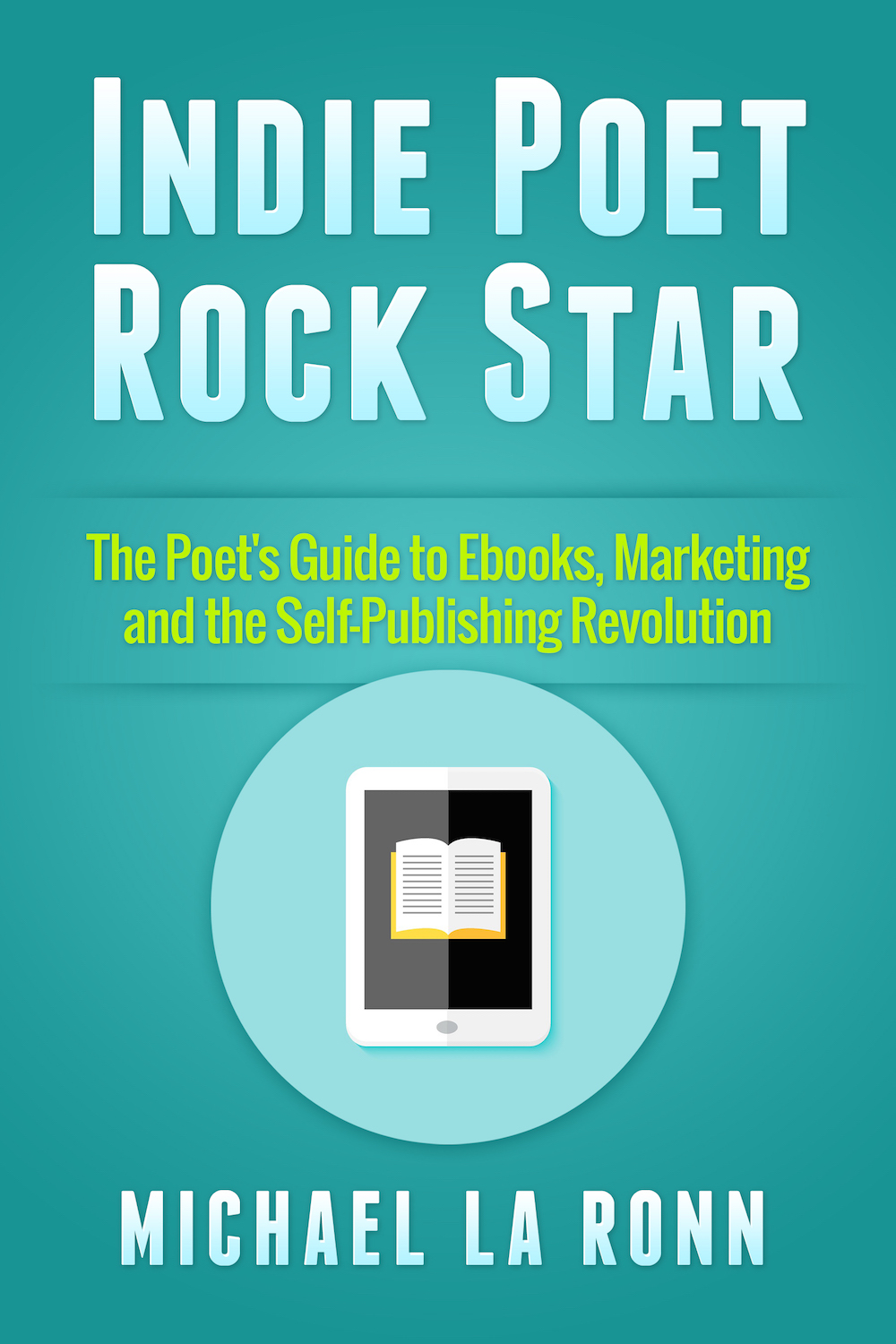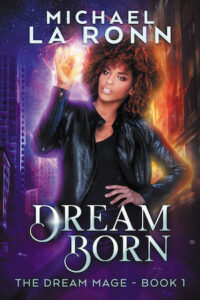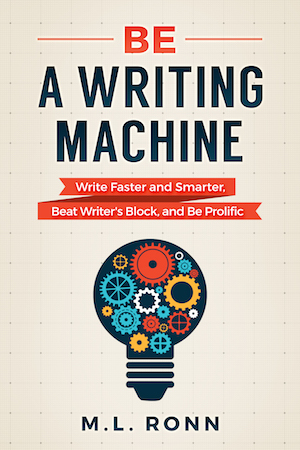This week's episode is sponsored by Indie Poet Rock Star! National Poetry Month continues, this time with a groundbreaking book for poets!
The poet's guide to ebooks, marketing, and the self-publishing revolution. Take charge of your career and learn how to make money from your poetry.
Available in ebook, paperback, and audio!

SHOW NOTES
Quick overview of this week's show:
- Why the five senses are one of my secrets to effective writing that engages the hearts and minds of readers
- Examples from my work
- A new way to think about this using two unique analogies
TRANSCRIPT
The older I get, the more appreciation I have for the five senses.
There's something to love about paying attention to all of life's cues in a five dimensional way…
There’s this memory that I will never forget.
I was sitting in my great grandmother’s kitchen as a boy as she cooked lunch on a sunny afternoon.
I remember relishing the sweet smell of fresh corn bread when she pulled it out of the oven.
Collard greens simmering on the stove with a ham hock bobbing on the surface. The ceiling fan whirring wildly.
Judge Judy blaring on the TV. People screaming at each other.
Sugar exploding on my lips as I drink a cold can of grape soda. Beads of sweat on the shiny can like translucent pearls.
I crush the cold aluminum in my palms. Time for another one.
[END MEMORY]
Was that vivid? Did I take you there? Could you see, smell, and hear the memory? If so, keep listening to find out how I did it, because I'm going to talk about one of the key secrets in my writing craft.
***
Hello there, and welcome to episode 7. I want to talk today about a technique that I have been using in my writing for the last ten years that has made a big difference with readers.
It's the reason why in reviews, readers say that my work is imaginative, visual, and it's almost like they can “see” my story unfolding.
That technique is using the five senses in my work. When I say use, I mean repeatedly, and over and over again.
This is fairly common advice, but I wanted to talk today about how I apply it practically.
In order to use the five senses effectively in your work, you've got to do it in such a way that it doesn't impede the flow of your story and the readers don't notice you're doing it.
When I was writing poetry, one of the first things I learned to do was to use the five senses. Poetry forced me to economize, so I often got creative and used single words to describe something in two senses. Sometimes I made words and phrases up to achieve the image I was going for.
[CUE LOVE MUSIC]
May I say that you look razzledazzly today?
[NEEDLE SKIPS, ENDING SONG]
When I made the jump to short stories and novels, this was something I was already pretty good at so it made the transition smoother. I'm to the point now where I do this on autopilot. I don't even have to think about it. In fact, when I'm in public and called upon to speak, I often speak in stories, and I find myself using the five senses orally, too.
I took several courses with Dean Wesley Smith, a prolific author who I consider to be a virtual mentor, and he talks about how the five senses ground the reader in your story. It makes the story real for them because they can see it and feel it.
In the clip I opened the show with, I used all five sensory details to tell the story of sitting in my great grandmother’s kitchen. If I did my job right, it was engaging and kept you listening.
***
Here's how I've learned to take writing with the five senses to the next level.
I like to pair the senses with my content.
Example #1: in my Last Dragon Lord Series, my Main character is a dragon. A dragon is going to experience sensory details differently than a human, so when writing the book I focused on taste and smell more often, about 60-70% of the time whenever I needed a sensory detail. That made my hero’s observations more realistic, and readers called it out in the book reviews.
Example #2: When choosing imagery, I don't just pick the best thought to describe something; I use imagery that matches the emotion of the scene. In a poem, I once described tumbleweed rolling through a building. I used the line “rolls through the bowels of broken buildings.” I could have said “insides of broken buildings,” “rubble-crusted broken buildings,” or some sensory phrase. But with that poem, I was trying to describe a desolate, post-apocalyptic atmosphere. Bowels has a negative smell connotation and reminds one of ruin and decay, so that image made the most sense.
Example #3: I use sensory detail to help the reader see out of the character’s eyes. When the reader is along for the ride, they live alongside the character and they see what the character sees. They also cannot see what the character cannot see, which is sometimes helpful because you can hide certain things in plain sight that will be important later.
To illustrate this in real life, I can't tell you how many times I have an encounter with someone, and I recall it like it was yesterday…but my wife, who was right there with me, recalls it differently. She focuses on different details than me, picks up clues in people’s body behavior that I completely missed. But here's the thing: the clues were still there.
If there's anything I've learned, it's to imagine writing as painting.
Think about the last painting you saw. Artists have an uncanny way of focusing your eye. Certain elements of a painting have amazing detail: others have basic detail. The artist is attracting your attention to what he wants you to see.
When you're writing, you're drawing with mental paint. You want the reader to see what you want them to see; all else is noise. You can use sensory detail as a way to ground readers in the story, hold and direct their attention, and distract them from something that might be important later on.
Very powerful.
***
Quote of the week: “The future belongs to those who believe in the beauty of their dreams.” Eleanor Roosevelt
CREDITS
Intro/Outro Music: “Kick. Push” by Ryan Little.
Sound Effects/Miscellaneous Credits:
Cooking in the Kitchen by KenzieVaness: https://freesound.org/people/KenzieVaness/sounds/352050/
Opening a can of soda by michorvath: https://freesound.org/people/michorvath/sounds/386887/
Pop tab break by SunnySideSound: https://freesound.org/people/SunnySideSound/sounds/67806/
Ceiling fan by zmadyun: https://freesound.org/people/zmadyun/sounds/343793/
egg timer by xyzr_kx: https://freesound.org/people/xyzr_kx/sounds/14263/
Needle Skip ZE Sound Research Inc: https://freesound.org/people/ZeSoundResearchInc./sounds/117512/
Archetypal (Star-Crossed Lovers) by Drake Stafford: http://freemusicarchive.org/music/Drake_Stafford/~/Archetypal_Star-Crossed_Lovers
Sound effects courtesy of Freesound.org.





